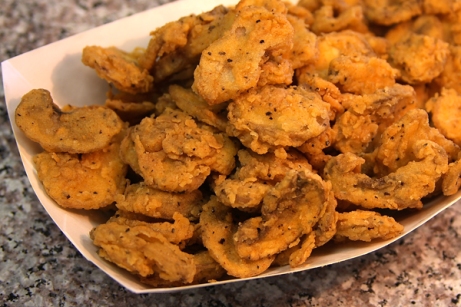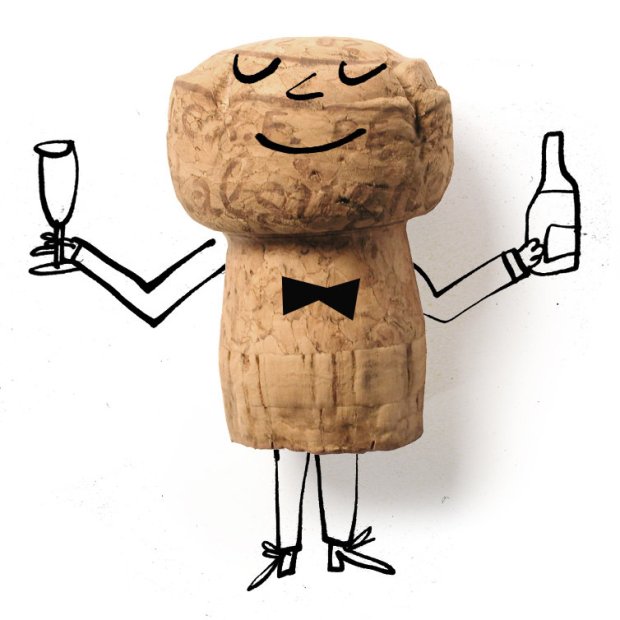 As they say – sometimes you need to take chances…
As they say – sometimes you need to take chances…
Oysters & Champagne, Caviar & Champagne are some of the classics but booooring since we are now drinking more Champagne and not always have access to Oysters or Caviar!
Classic Champagne food pairings are great for starters, but what happens after you’ve we finished the same old tired combinations? It’s time to get unique and try some Champagne food pairings that can be enjoyed even when you are not wearing a tuxedo. Besides Champagne, there are a lot of great sparkling wine pairings listed below such as Cava, Prosecco, Franciacorta and American bubbly.
Fried Mushrooms
It’s a little known secret that fried food and Champagne are best friends. Go for a Blanc de Noirs (a white sparkling wine made with dark grapes like pinot noir) with fried mushrooms. The earthiness in the mushrooms is complimented by the more rich fruity/earthy notes that you’ll find common in a Blanc de Noir. An affordable American Blanc de Noirs such Gloria Ferrer
Mac & Cheese
One of the greatest favorite Champagne pairing is homemade macaroni and cheese. There are a few important ingredients here for the perfect pairing; the right cheese, the right Champagne, and the right toppings. Don’t get carried away with a sharp cheese. Consider a softer creamery cheese with flavor such as smoked gouda. The Champagne needs to be acidic enough to cut through the cheese without being so strong as to ‘turn’ the cheese. Toppings can be used to fine tune the dish, from pancetta, to truffles, to toasted breadcrumbs. For example, if you were using the smoked gouda, toasted breadcrumbs would be a nice topping to add some crunch and dilute the cheese. Also, when making your mac & cheese use butter, a little cream and american cheese as a base and the flavoring cheese in moderation.
Butternut Squash Ravioli w/Brown Butter Sage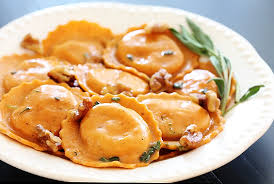
This is a rich but delicate dish…both sweet and earthy as a result of the use of sage and roasted butternut squash. Because it is a slightly sweet dish, it’s important to find a bubbly with inherent sweetness. This classic Italian ravioli dish does wonderfully with Italy’s premiere sparkling wine called Franciacorta. Franciacorta is from Lombardy and actually uses many of the same grape varieties as proper Champagne such as chardonnay, pinot nero (noir) and pinot bianco (blanc). When made with added pinot nero, Franciacorta takes on fruity strawberry notes and a richness of flavor. Franciacorta still hasn’t exploded in the marketplace as much as Champagne so you’re likely to find excellent value from this region. The flavors tend to have slightly less acidity and more fruitiness than most Champagnes and the same toasty-almond character occurs with aging.
BBQ Chicken Sandwich
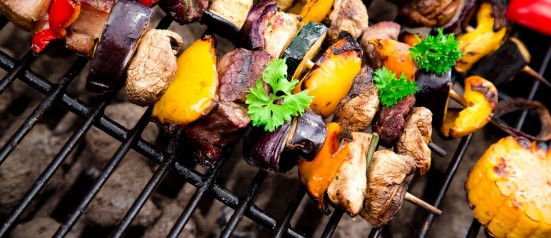
Mmmmm…BBQ and Cava. Use a smoky BBQ sauce and avoid having sauce with too much spice. Pick a sparkling wine that isn’t too subtle so that the BBQ doesn’t overwhelm the delicate flavors. Think of a slightly spicy, tangy, smoky sauce on your chicken (or tofu if you’re a vegetarian!). Consider adding caramelized onions and just a few gorgonzola crumbles. Pair this sandwich with a bottle of Cava or Prosecco. Although most value cavas don’t have the delicate complexity of a Champagne, they work perfectly to balance the intensity of something simple like BBQ. chicken over pork or beef as the flavor of chicken is lighter than pork and beef, lending it to a better pairing with bubbles.
Vegetarian Red Bean Chili
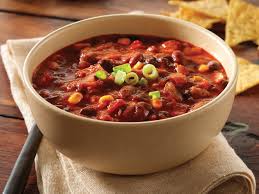
This is one of the first non-traditional Champagne food pairings but experiment with based on a recommendation. The champagne made my cheapo chili taste like god food(what does that mean? I don’t know but it sounds right). It’s the moment where you have your cheddar-cheesy chili bite in your mouth and then you wash your mouth out with it. Cava and red bean chili is a thing. Tell your friends.
